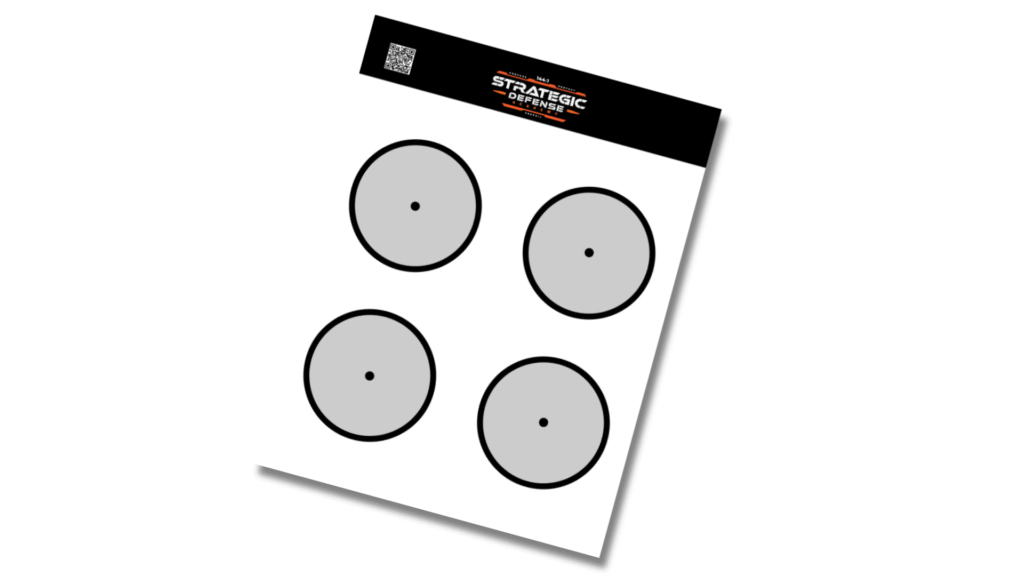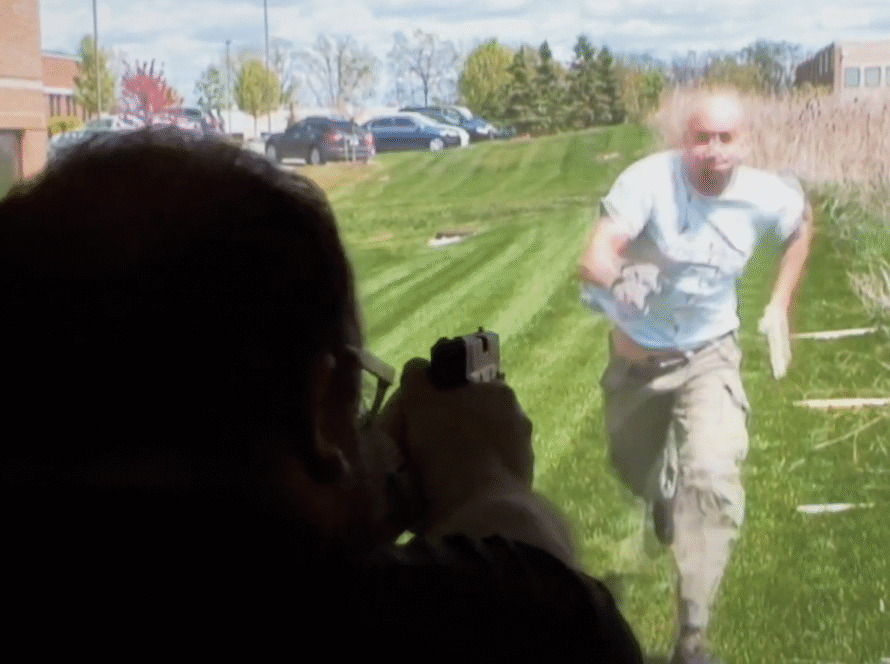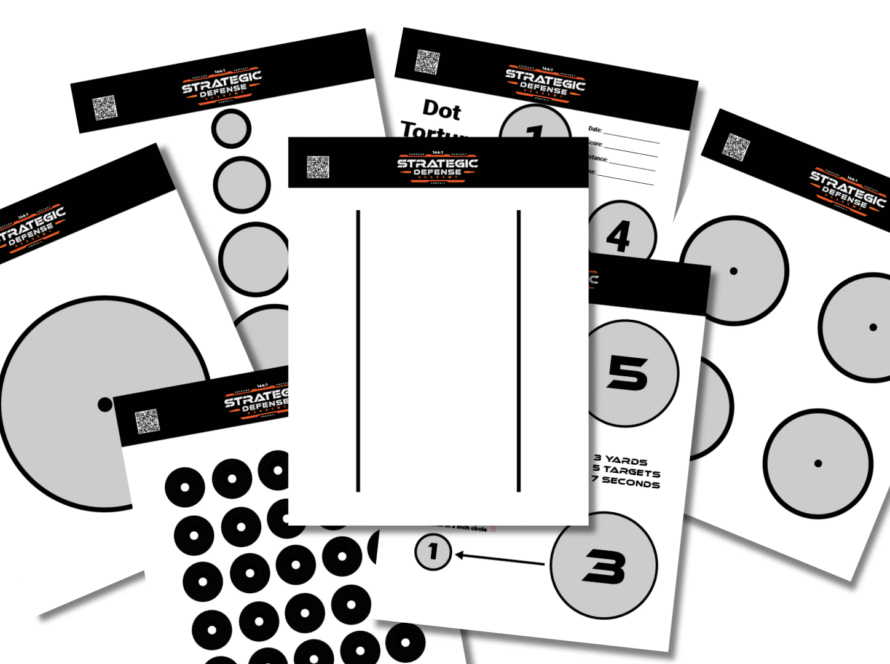
Building Neural Pathways for Shooting Rhythm
Introduction
In shooting, speed without control is chaos. Control without speed is hesitation. The key is cadence—learning to fire at a consistent rhythm regardless of external pressure.
That’s exactly what the SDA Cadence Circle Drill is designed to teach. Cadence is the foundation of balancing speed and accuracy. It helps you become aware of your current limits—so you can deliberately and safely push them further.
Why This Matters
Most shooters trying to shoot at speed eventually encounter trigger freeze. This happens because the brain is trying to work faster than it can communicate with the trigger finger—or vice versa. The result? A stall or hesitation that kills your rhythm and ruins your string.
The solution is to build neural pathways for cadence. Think about it like drumming along to music in the car. Most people can’t just invent a beat out of thin air—but when the music is playing, they can tap perfectly along with it. Shooting is the same way.
If you give yourself a cadence—whether spoken aloud or in your head—your finger can “drum” along with the beat. Doing that over and over programs your brain and muscles to fire on command, on rhythm, without hesitation.
This matters because cadence changes with distance:
- At 3 yards, a double might be a lightning-fast “dat-dat.”
- At 35 yards, that same double will slow into a deliberate “one… two.”
By training cadences, you build a mental vocabulary of rhythms you can deploy at any distance, under any condition.
Setup
- Target: SDA Rhythm Circles Target (four reference circles)
- Distance: 3–5 yards
- Start Position: On the gun
- Cadence: Called aloud; shot fired on the beat
The Drill – Four Cadences
Each cadence gets five shots. Count aloud, and fire on the exact beat—even if your sights aren’t perfectly aligned. The point is cadence, not correction.
- One-One-Thousand Cadence
- Count: “One-one-thousand (bang)… Two-one-thousand (bang)… Three-one-thousand (bang)…”
- Fire on the beat syllable (“d” of “thousand” ).
- One-And Cadence
- Count: “One-and (bang)… Two-and (bang)… Three-and (bang)…”
- Fire on the “d” of and.
- One-Count Cadence
- Count: “One (bang)… Two (bang)… Three (bang)…”
- Fire on the number, evenly spaced.
- Rapid Cadence (Dat-Dat-Dat)
- Too fast to articulate numbers—use “dat, dat, dat, dat, dat.”
- Fire one round on each “dat.”
Interpreting the Target
- The circles are reference zones to visualize your grouping under cadence.
- Unlike others drills, the priority here is never breaking cadence to save accuracy.
- If shots land outside the circle, that’s data—not failure. Don’t slow down to fix it.
- If you break cadence, thats a failure. Fix it by shooting on cadence.
Remember:
- Cadence first, accuracy second.
- Recoil management drills will fix your group later—this drill is about rhythm not recoil control.
Variations
- Rhythm Training: Run one cadence across all four circles.
- Precision Bill Drill: Draw and fire a full string into one circle instead of an IDPA/USPSA A-zone.
Final Takeaway
The Cadence Circle Drill isn’t about perfection on paper—it’s about programming your body. It builds the neural pathways to keep your trigger moving in time, prevents trigger freeze, and gives you a cadence vocabulary you can apply at any distance.
Cadence is the bridge between speed and accuracy. Train it until it’s second nature.
If you don’t already have this target, grab the SDA Target Pack [link]. It includes the Cadence Circle Drill, the Body Alignment Drill, Precision Dots, and more—everything you need to pressure-test your shooting fundamentals.


